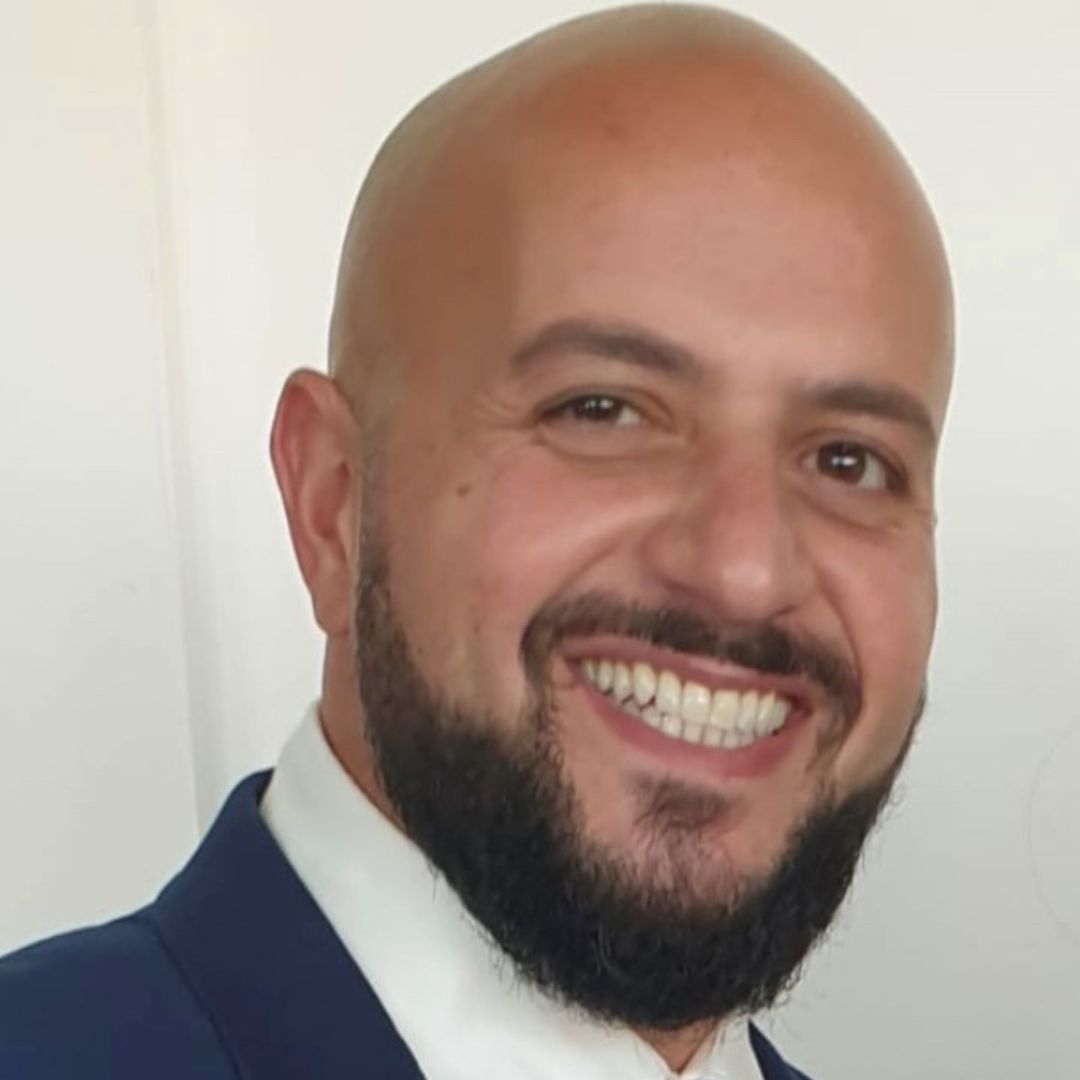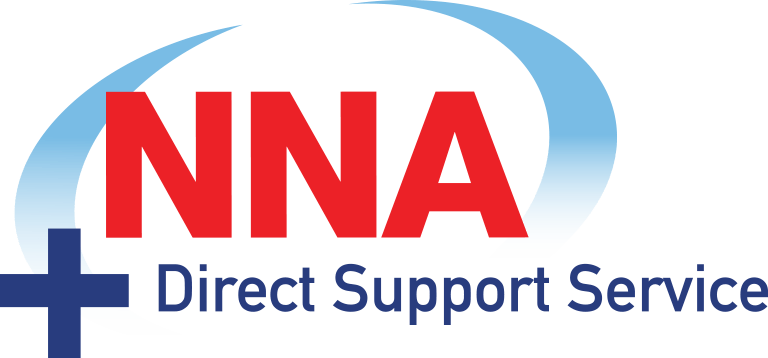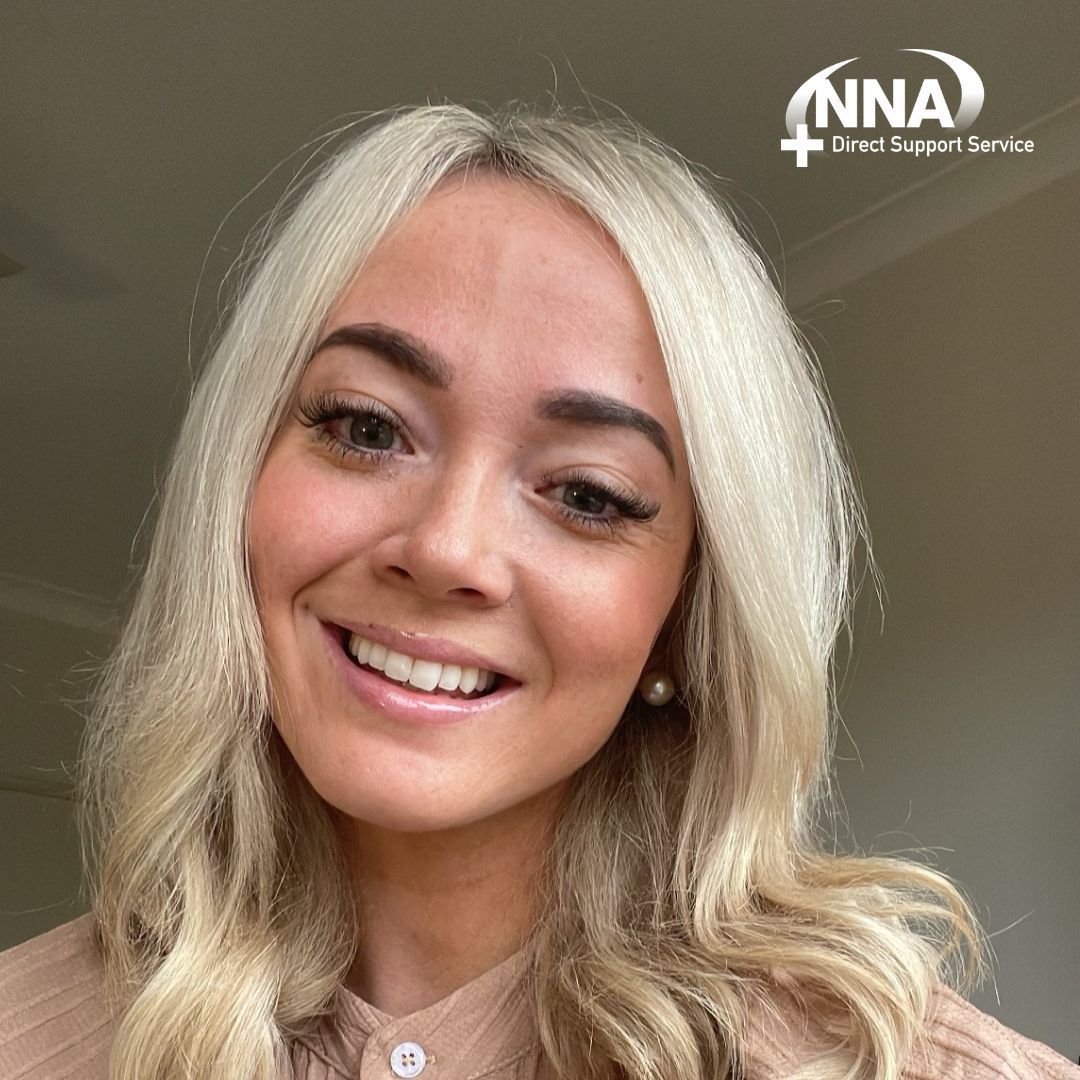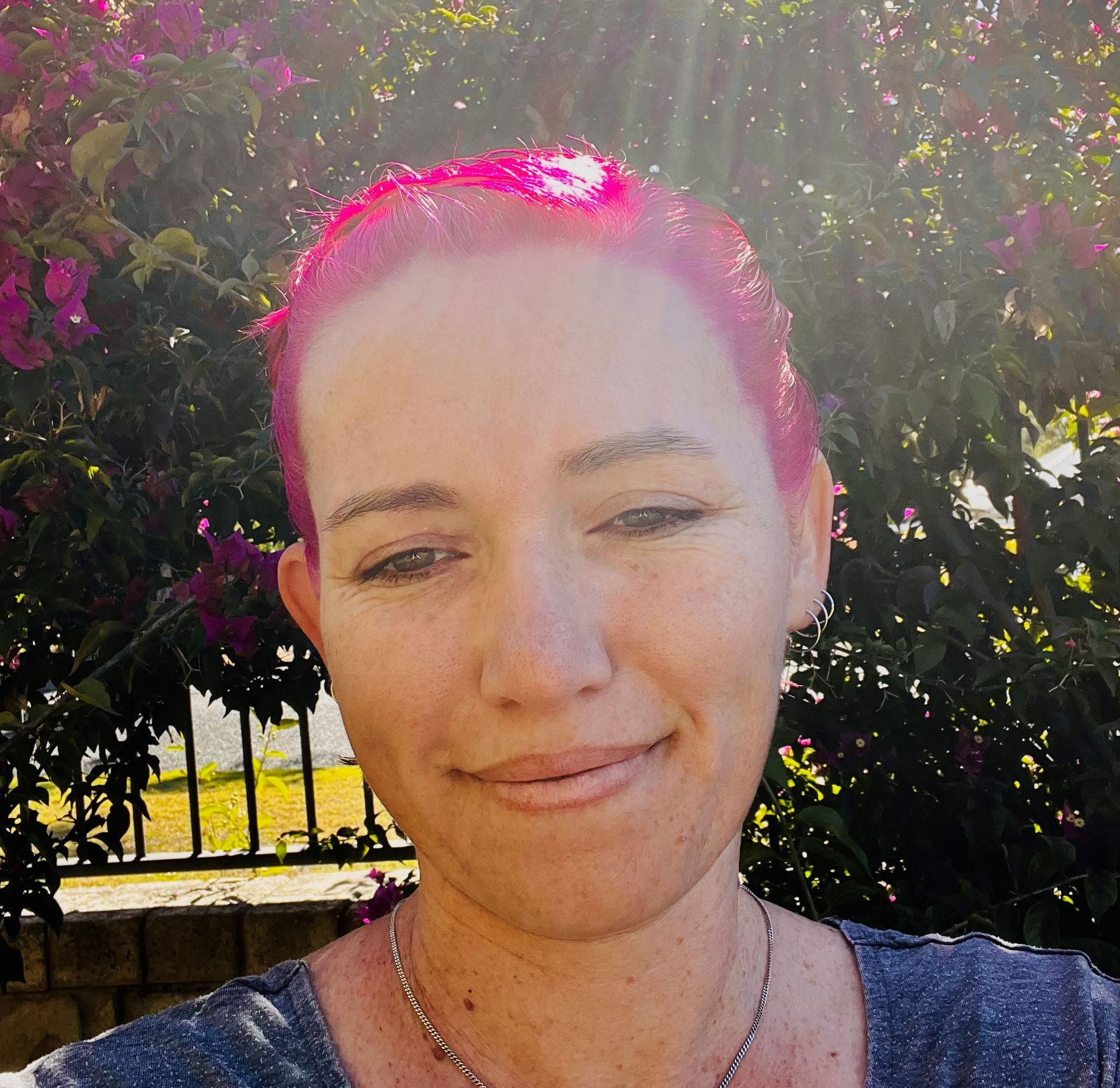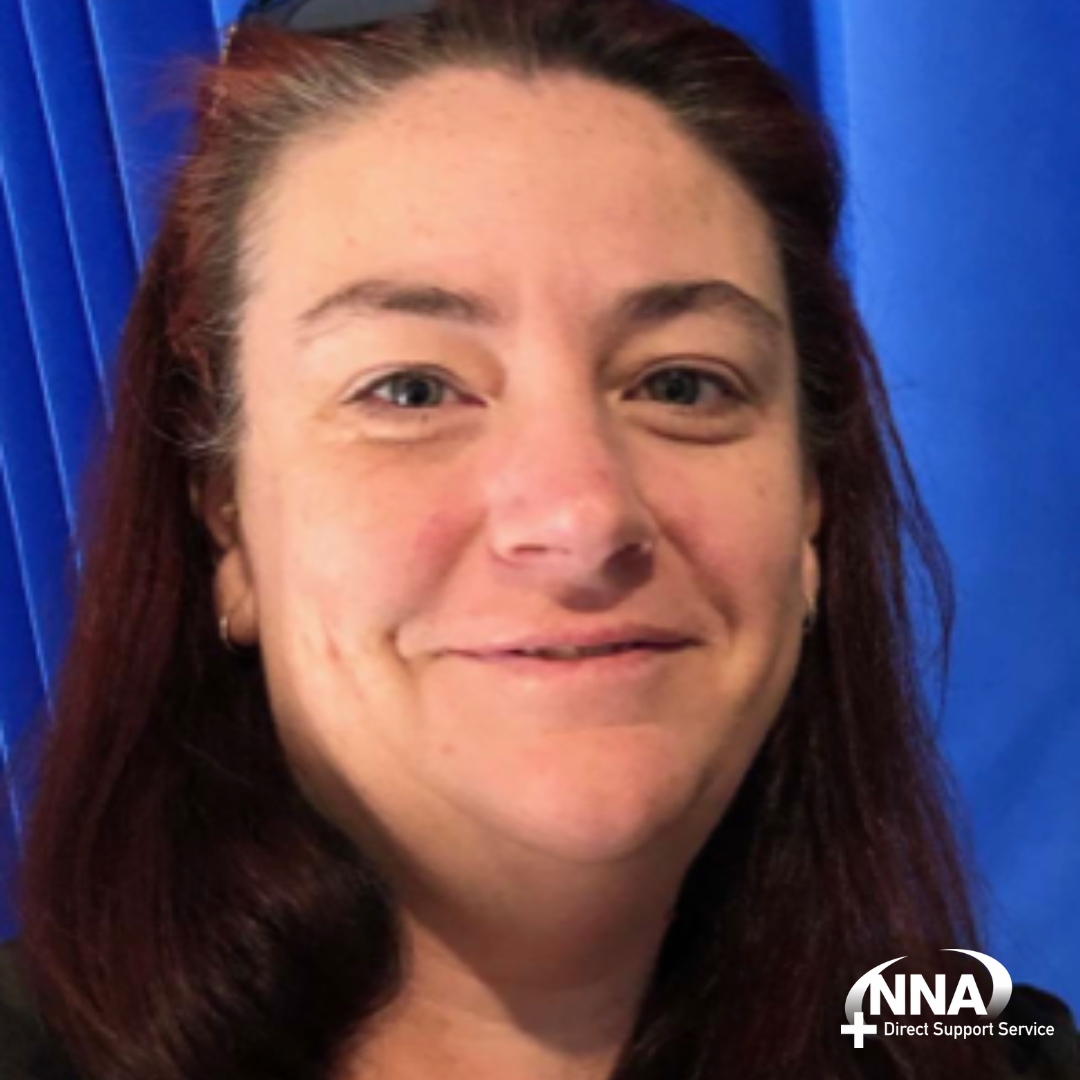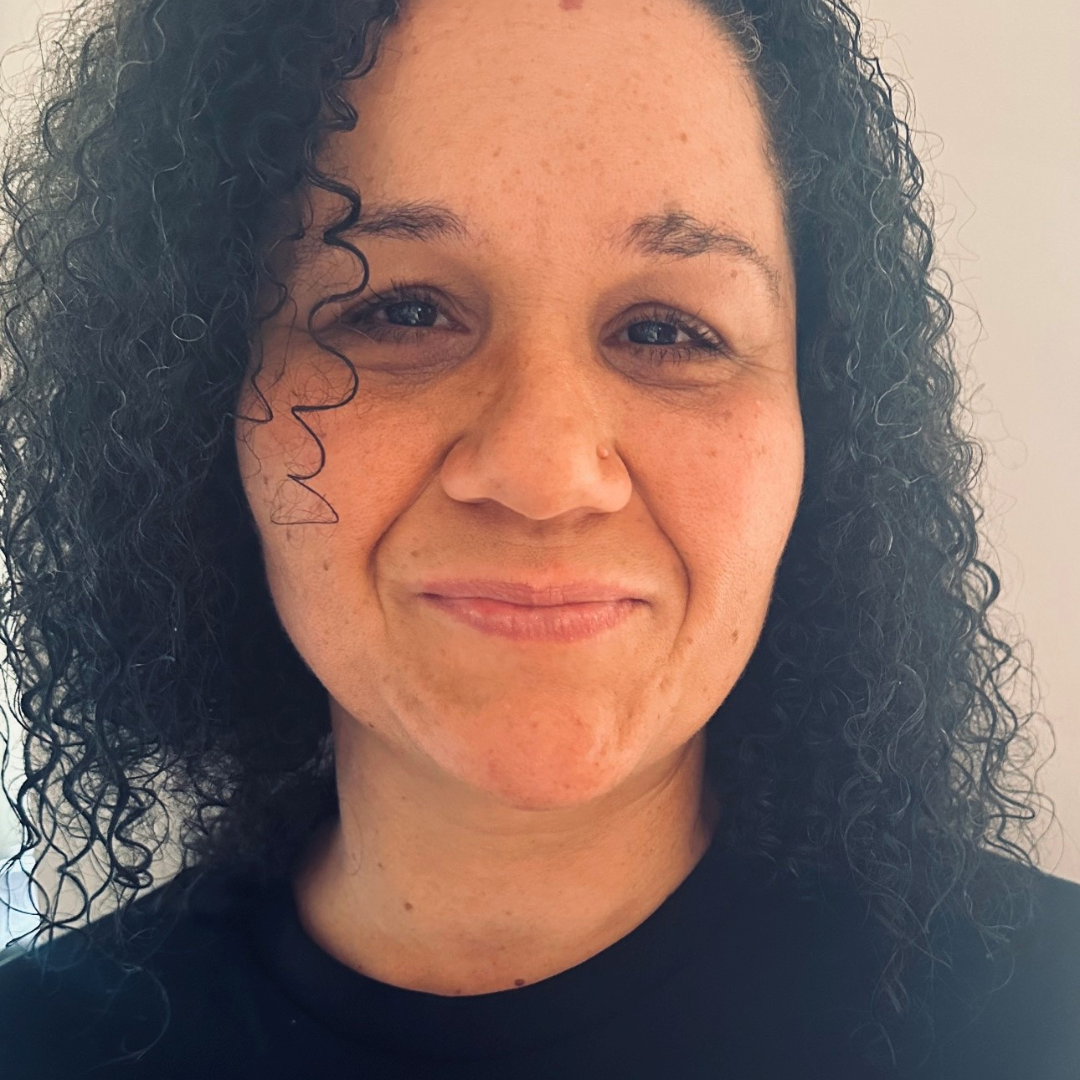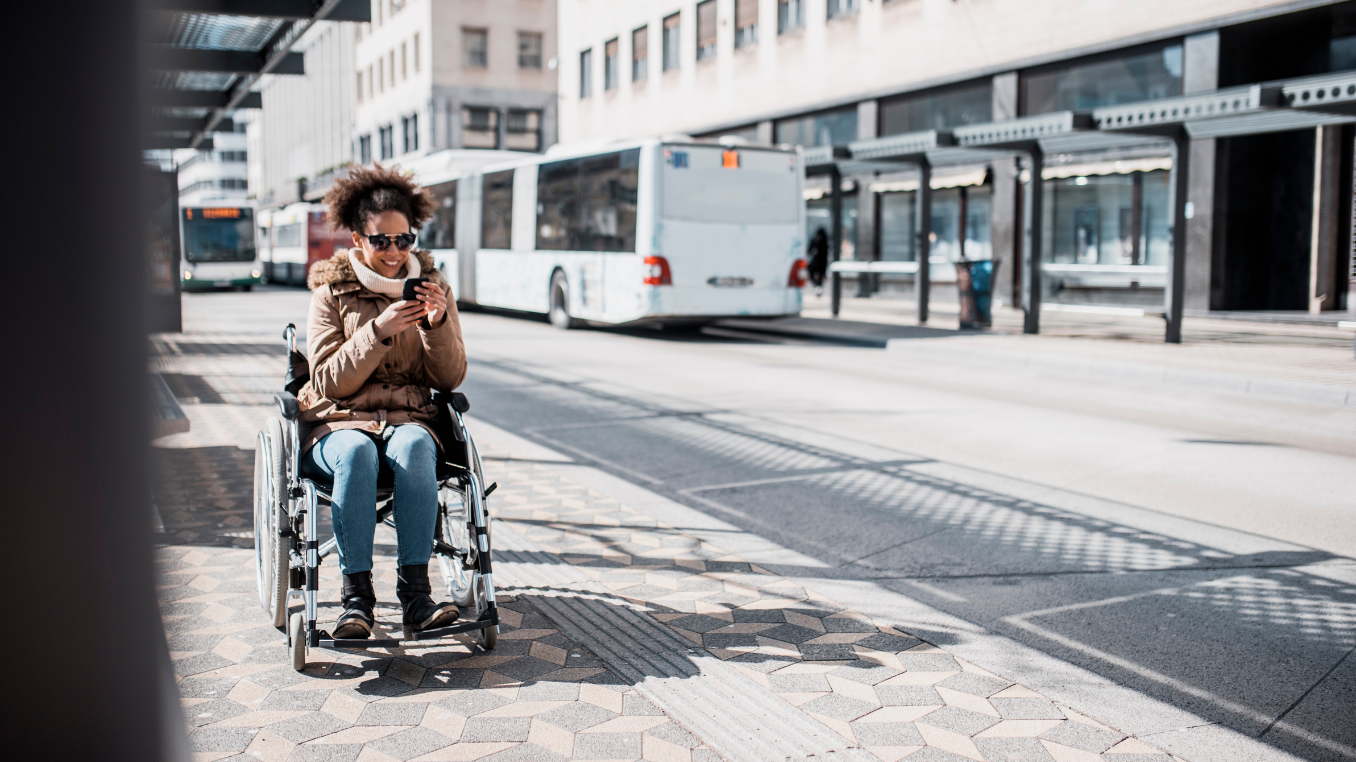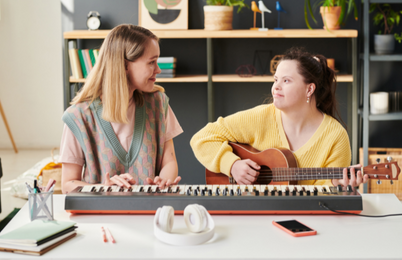5 myths relating to disability
Debunking 5 common disability myths to reduce stereotypes and stigmas
Society is great at forming ideas of how people should be and live their lives and this is a common problem in todays world. These misconceptions often come from misinformation and can cause harm to different groups. That is why it is important to break down myths and clear up misunderstandings.
Here we debunk 5 myths to reduce the stereotypes and stigmas that people living with disabilities face:
Myth 1: Having a disability means having a disease, impairment, or condition that impacts only mobility or senses
We have covered it before, but not all disabilities are visible. Did you know that in Australia, there are more non-visible disabilities than visible? There are many disabilities that are not limited to physical but include: intellectual, neurological and mental illness. This means just because someone might not appear to have a disability, doesn't mean they aren't living with one.
Myth 2: “Disability” is a negative word
For those without lived experience, the language around disability can be challenging to navigate. Disability is unique to every individual. That’s why it’s important to listen to people with disabilities and respect the way they self-identity. Many people identify as (and are proud to be) disabled, while others prefer person-first language or may reject the term altogether. The word ‘disability’ is one that shouldn’t be avoided, take the time to get to know someone and ask them their preferences.
Myth 3: All people with disabilities are inspirational, courageous, and brave for living with their disability
While society consumes stories about people who overcome hardship, don’t confuse this with the lives of those living with a disability, even if the achievement is something you think is extraordinary. Sometimes people with disabilities are often depicted as 'superhuman' or inspiring as they live their lives with 'challenging factors.' Of course, people with disabilities can be courageous and brave, but their disability does not determine this. As George Covington, a writer who is blind, said, “...My disability isn’t a burden: having to be so damned inspirational is.”
Myth 4: Few people live with a disability
There are 4.4 million people in Australia living with a disability – that’s 1 in 5 people. The amount of people who face the challenges and accessibility considerations of living with a disability continues to grow.
Myth 5: Accessible toilets are just for wheelchair users
While accessible toilets feature an image of a wheelchair, that does not limit their use to wheelchair users. There are many reasons why someone who doesn’t use a wheelchair may need to use these types of toilets.
Someone could have a disability that impacts their balance, and they may need to use the handrails for safety. Someone may have a colostomy bag and need a bit of space and privacy, or a person with autism who may find sharing toilets with others overwhelming. Accessible toilets also have Braille signage for anyone with vision impairments.
But, if you do not need to be using an accessible bathroom, leave them available for the people that do. “When you have the luxury of choice, use it wisely because those who need modifications do not have any other option” (Susan Seipel, para-athlete with a background in swimming, equestrian, and is a triple World Champion in the sport of Paracanoe.)
Hopefully, this blog has helped you think differently about disability. If you hear these myths or any misconceptions, be sure to have important conversations to break down assumptions and harmful ideas.
